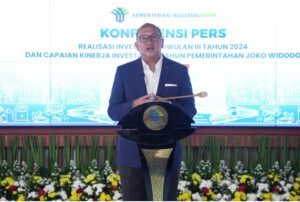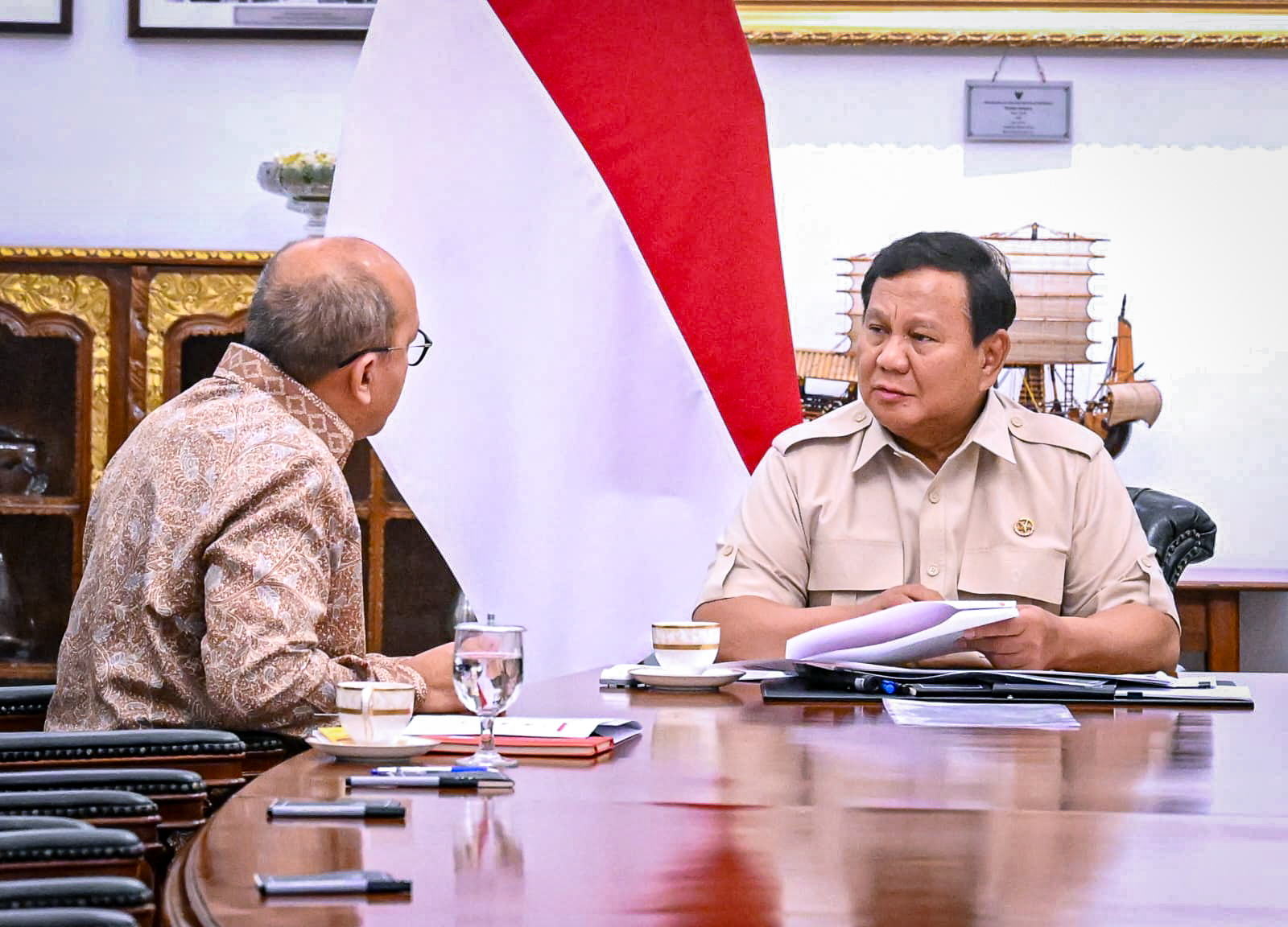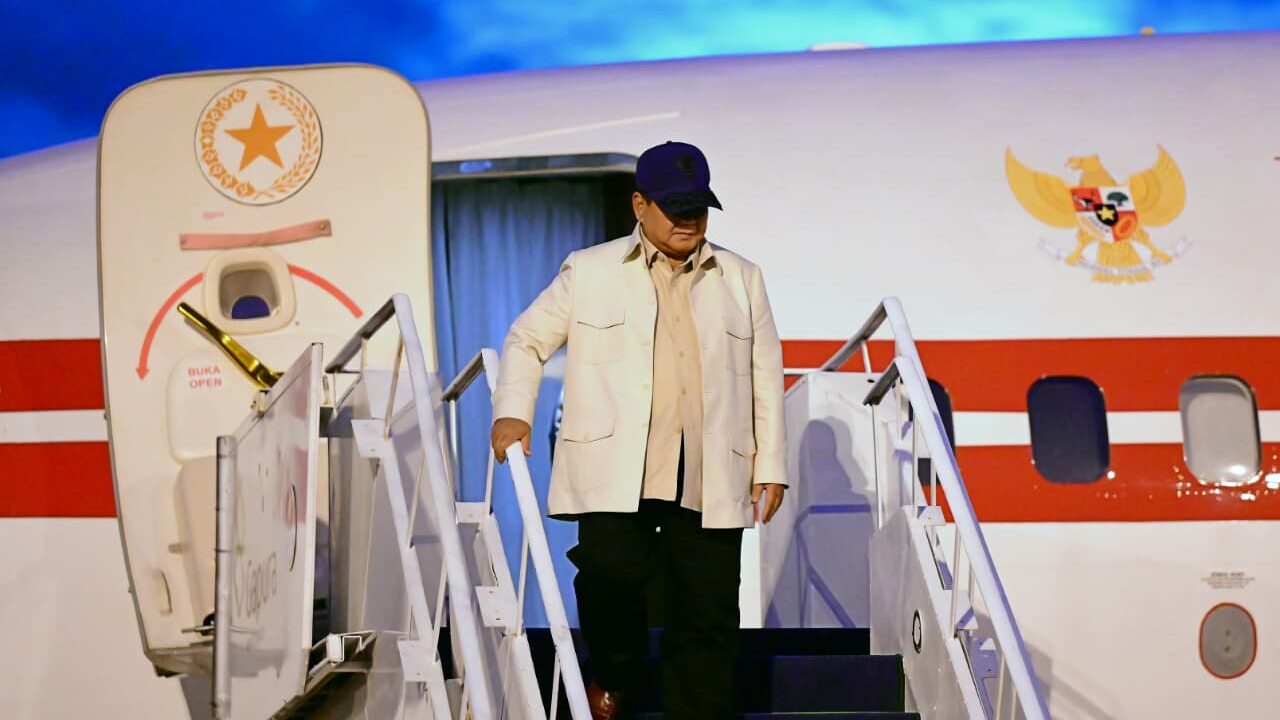Investment Realization Continues to Grow, Minister Says

Minister for Investment/Head of Indonesia Investment Coordinating Board (BKPM) Rosan P. Roeslani (Photo: bkpm.go.id)
Minister of Investment/Head of Investment Coordinating Board (BKPM) Rosan P. Roeslani emphasized that the performance of investment realization in the third quarter of 2024 was greatly influenced by downstreaming policy that was consistently implemented by the Government. According to him, the policy is the key to investment growth because it is able to increase added value and create more job opportunities.
“Downstreaming policy plays an important role in increasing investment in Indonesia. Most importantly, it increases products’ added value and create job opportunities,” Rosan explained at the press conference of the Third Quarter Investment Realization of 2024 and Investment Achievements of the 10 Years of President Joko “Jokowi” Widodo’s Administration.
Throughout the third quarter of 2024, the Ministry of Investment recorded that investment realization reached Rp431.48 trillion. The figure is increased by 15.24 percent compared to the same period in the previous year with the downstreaming sector contributing Rp91.51 trillion or 21.2 percent of the total realization for the said quarter. The increasing number means that 26.15 percent of the total investment target for 2024 has been achieved and the investment during the third quarter has provided job opportunities for 650,172 Indonesian workers.
“We see that this (downstreaming) number is quite consistent, both quarterly, annually, or quinquennially. It is always above 20 percent. This shows that the downstreaming policy implemented by President Jokowi has made a very positive impact,” said Rosan.
Domestic Investment (PMDN) realization in the third quarter increased by 11.62% compared to that of in the previous year, from Rp178.20 trillion to Rp198.83 trillion. Meanwhile, Foreign Investment (PMA) increased by 18.55%, from Rp196.20 trillion to Rp232.65 trillion, with PMA contribution reaching 53.92% of total investment. The top five PMA countries are Singapore (USD5.50 billion), Hong Kong (USD2.24 billion), China (USD1.86 billion), Malaysia (USD0.99 billion), and the United States (USD0.84 billion).
Based on business sectors, the largest investment came from the Transportation, Warehouse, and Telecommunications (Rp58.04 trillion), followed by the Base Metal Industry (Rp55.87 trillion), Mining (Rp44.64 trillion), Chemical and Pharmaceutical Industry (Rp31.61 trillion), and Food Industry (Rp31.30 trillion).
In line with the strong achievement in the third quarter, cumulative investment realization during January–September 2024 also showed a positive performance. This is an indication that Indonesia is on the right track to achieve the investment target by the end of 2024. With the realization achieved in the first nine months, the target is highly expected to exceed.
“The realization has reached Rp1.261 trillion, an increase of almost 20 percent year-over-year. The year-end target of Rp1.650 trillion has been achieved by 76.4%. If we talk about the target of the Renstra (Strategic Plan), it actually has exceeded it,” said Rosan.
Similar to the third quarter, the period of January-September 2024 was also influenced by the downstreaming sector that contributed Rp272.91 trillion or 21.6 percent of total investment. During that period, investment outside Java island reached Rp635 trillion (50.34%), an increase of 16.34% compared to the figure in the same period in 2023 that reached Rp545.81 trillion.
If we look further, during the 10 years of President Jokowi’s administration, investment realization reached Rp9,117.4 trillion, with a labor absorption of 13,836,775 people. This figure exceeds the target of the Ministry of Investment’s Strategic Plan (Renstra) since 2021, indicating the success of the policies implemented in creating a conducive investment climate.
“In the last 10 years, economic and political stability has boosted investor confidence to invest in Indonesia. Investment is a long-term commitment, so stability is very crucial,” said Rosan.
The manufacturing sector also plays an important role as a pillar in economic growth. Over the past decade, this sector has experienced a significant development. This shows the strategic role of manufacturing as a driving force of the national economy. In the future, the focus will be directed continuously at strengthening this sector to enhance its contribution in investment and creating job opportunities.
“Manufacturing growth has reached 15.5% over the past 10 years. This sector has quite high growth and needs to be pushed forward,” Rosan concluded. (Ministry of Investment/ Investment Coordinating Board/ABD)(AW/MMB)








